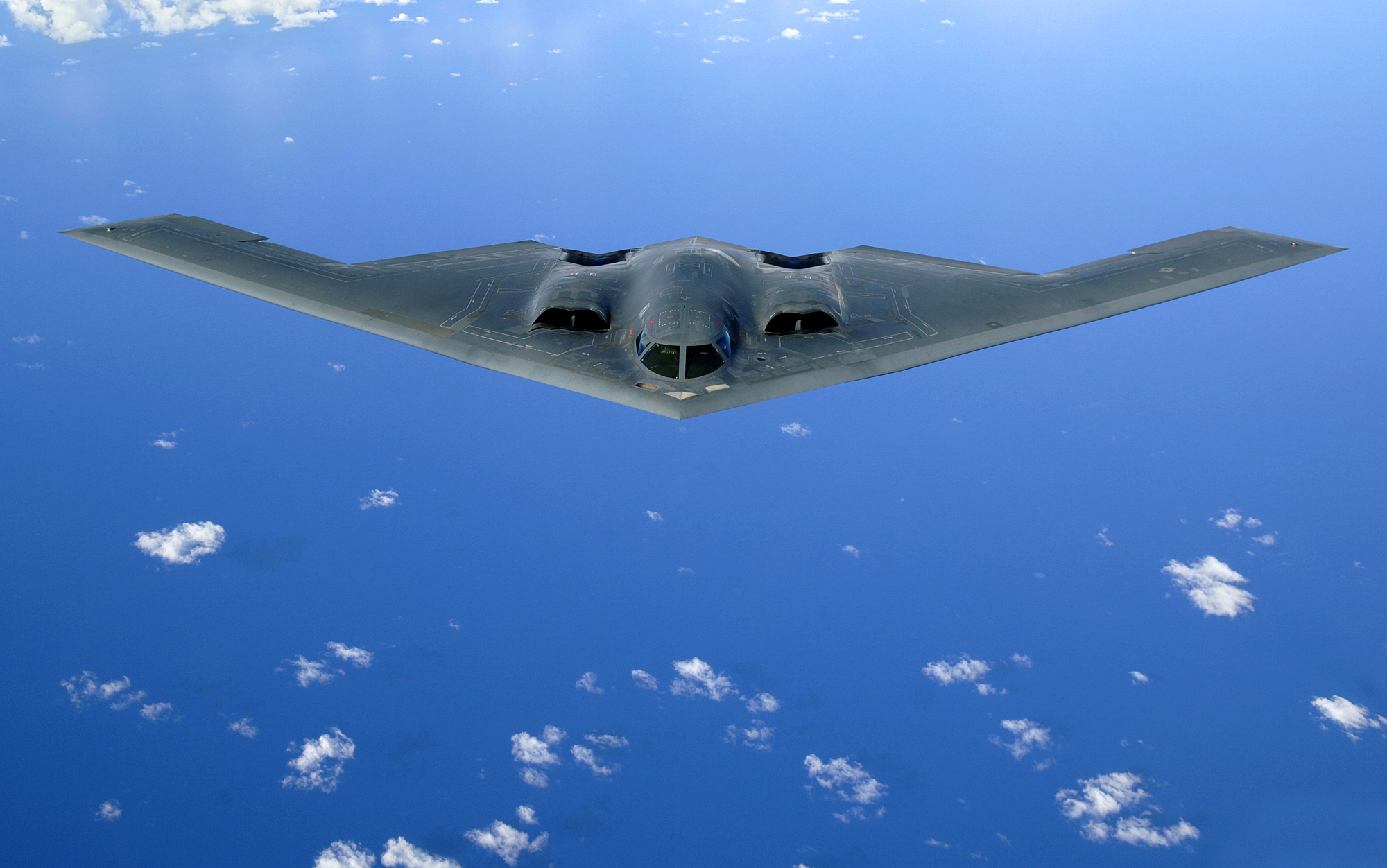 A B-2 Spirit. Credit: U.S. Air Force
A B-2 Spirit. Credit: U.S. Air Force
Considerations for the Nuclear Posture Review
Currently, the Biden administration is conducting its Nuclear Posture Review (NPR). The process is expected to be completed in 2022. It is the fifth NPR in the U.S. and is being conducted in the midst of a 3-way competition between the U.S., China, and Russia. Compared to past competition between the U.S. and Russia, the trilateral nature of the current situation makes it more complicated and increases internal disagreement over the NPR’s implementation.
During his presidential campaign, then-candidate Biden raised critical issues related to nuclear weapons and national security. He argued that the U.S. doesn’t need new nuclear weapons and would try to reduce excessive spending and reliance on nuclear weapons in the U.S.’ national security strategy, while stating that his administration would also “work to maintain a strong, credible deterrent.” He further argued that the U.S. should review its no-first-use policy and that the “sole purpose” of the U.S. nuclear arsenal “should be deterring—and if necessary, retaliating against—a nuclear attack.”
Thus, according to the 2021 Interim National Security Strategic Guidance the Biden administration would seek to reduce the role of nuclear weapons, while ensuring that the “strategic deterrent remains safe, secure, and effective” and that the extended deterrence commitments to its allies would “remain strong and credible.”
However, the NPR faces great challenges from many sides, especially as the rivalry between the U.S. and China has intensified geopolitically, economically, and militarily in recent years. China is rapidly expanding its nuclear arsenal, both in numbers and technological capacity. According to the Pentagon, Beijing’s nuclear warhead stockpile is expected to double over the next decade. In August, China reportedly tested a nuclear-capable hypersonic missile. At the same time, there is also increased great power competition between the U.S. and Russia, heightening tensions between the two countries. Russian President Vladimir Putin began building new nuclear submarines and other warships as part of a large-scale military build-up, and on October 4, Russia announced it test-fired a new hypersonic missile from a submarine. According to a recent report, since the end of the Cold War, the number of Russia’s nuclear weapons has decreased greatly. However, it still has thousands of warheads in its inventory, more than 1,500 of which are deployed on missiles and bombers that can reach U.S. territory. The report goes on to explain that Moscow is modernizing its nuclear forces, developing new types of delivery systems, and replacing its Soviet-era systems with new submarines, missiles, and aircraft.
Hence, some in the U.S. argue that the Biden administration “should not abandon the nuclear modernization plan” and further reject the idea of a no-first-use policy or sole-purpose declaration, saying that this would only worry allies. They further assert the U.S. nuclear arsenals are aging and overhauling the aging missiles would cost more than replacing them. They advocate modernizing the full nuclear triad, saying that new intercontinental ballistic missiles (ICBMs) are important for the U.S, as Russia’s or China’s modernized ICBMs could have a strategic advantage over the U.S.’ 1970s-era Minuteman IIIs and a failure to do so would leave the U.S. vulnerable.
However, this argument would only be true if the U.S. relied only on land-based missiles to retaliate if attacked, which it doesn’t. In fact, it could also be an argument for reducing or eliminating land-based ICBMs altogether.
Thus, nuclear reduction supporters argue that the U.S. has more weapons than it needs, while supporting a robust deterrent but in a more cost-effective way. They attach great importance to arms control, by reducing the role of nuclear weapons and argue that negotiations with Russia on further reductions and restrictions on nuclear weapons could induce China to moderate its nuclear activities. Others state that the NPR should further include “risk-reduction measures.”
Certainly, the NPR is eagerly anticipated by U.S. rivals who could base their nuclear policy on what the U.S. is doing. As such, the NPR’s completion is greatly awaited by both U.S. rivals and concerned allies. For some allies, the NPR may not go far enough in “reassurance,” while others may see it as “too ambitious in scope” and yet others fear “an inevitable return” to the Cold War mentality, or a new cold war.
In order to prevent regional nuclear arms races, the NPR should provide allies with re-assurance, a lack of faith in the U.S. nuclear umbrella might prompt these states to build their own nuclear weapons programs. While outlining a strong nuclear deterrent, it should lay out opportunities for new nuclear dialogues with Russia and China. Finding consensus will not be an easy task, but for all disagreements, one thing must not be overlooked – the goal of an NPR should be to develop policy guidance to prevent a nuclear conflict.





